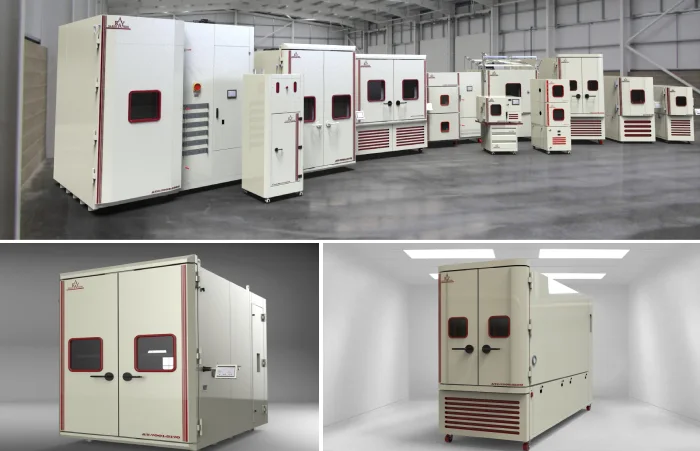
Climatic test chambers are essential tools in a wide range of industries, providing controlled environments that simulate various environmental conditions. These chambers help engineers, researchers, and manufacturers test products for durability, reliability, and performance under extreme conditions. In this article, we explore the different types of climatic test chambers, each designed to simulate specific environmental factors such as temperature, humidity, altitude, vibration, and more.
1. Temperature and Humidity Chambers
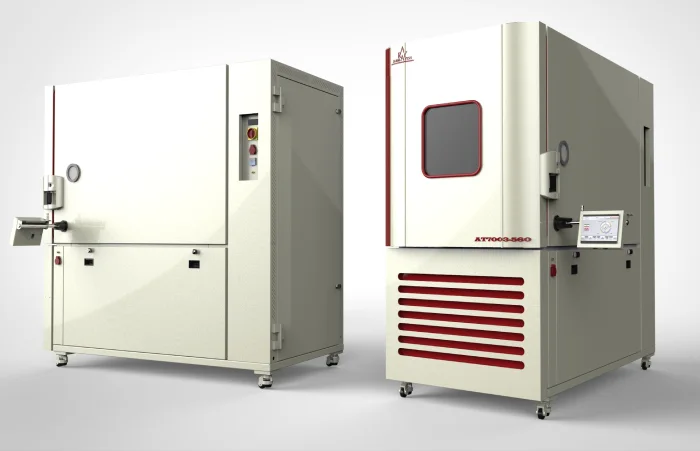
Overview: Temperature and humidity chambers are designed to simulate both temperature and moisture variations. These chambers are critical for testing products that will be exposed to fluctuating environmental conditions. They are commonly used in industries like electronics, automotive, pharmaceuticals, and packaging.
Functionality: These chambers can precisely control the temperature (ranging from very cold to extremely hot) and the relative humidity, making them ideal for testing how products perform in varying climates. For instance, a mobile phone might undergo testing to ensure it continues to function properly in a hot, humid tropical climate or a cold, dry environment.
Applications:
- Electronics: Ensuring devices work in different climates without failure.
- Pharmaceuticals: Testing the stability of drugs under different storage conditions.
- Automotive: Evaluating the performance of components under fluctuating temperature and humidity.
Temperature and Humidity Chamber
2. Walk-In Climatic Chambers

Overview: Walk-in climatic chambers are large, room-sized chambers designed for testing large or bulky products and equipment. These chambers offer a more spacious environment compared to standard test chambers, allowing engineers and technicians to enter and set up tests within the chamber.
Functionality: These chambers can simulate extreme temperature and humidity conditions on a larger scale. Walk-in chambers are used for testing oversized equipment or products that cannot fit into standard-sized test chambers. They offer versatility and larger test volumes for applications that demand more space.
Applications:
- Aerospace: Testing large components like satellite parts or large assemblies.
- Automotive: Testing full vehicle prototypes under controlled climate conditions.
- Consumer Products: Testing large items such as refrigerators or air conditioning units.
3. Atmospheric Test Chamber
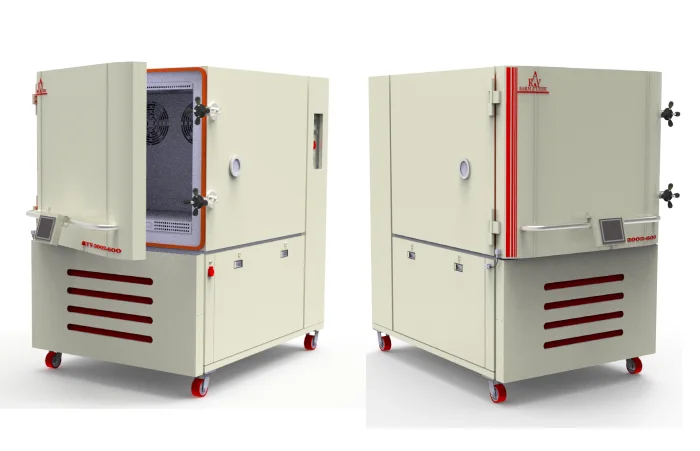
Overview: Atmospheric Test Chambers are specifically designed to simulate high-altitude conditions by controlling both the atmospheric pressure and the temperature. These chambers are essential for testing how products perform in reduced oxygen environments or in conditions that mimic high altitudes, such as those found in aircraft, mountainous regions, or aerospace applications.
Functionality: Atmospheric Test Chambers can recreate the lower air pressure and lower oxygen levels found at high altitudes, helping to assess how components or systems will operate under these conditions. In addition to pressure simulation, temperature variations are also applied to further mimic the harsh environmental conditions of high altitudes.
Applications:
- Aerospace: Testing aircraft parts, satellite components, and space equipment for performance at high altitudes.
- Automotive: Simulating the impact of high altitudes on vehicle engines and electronics.
- Electronics: Ensuring devices function at optimal levels in areas with low atmospheric pressure.
4. Vibration Climatic Chambers
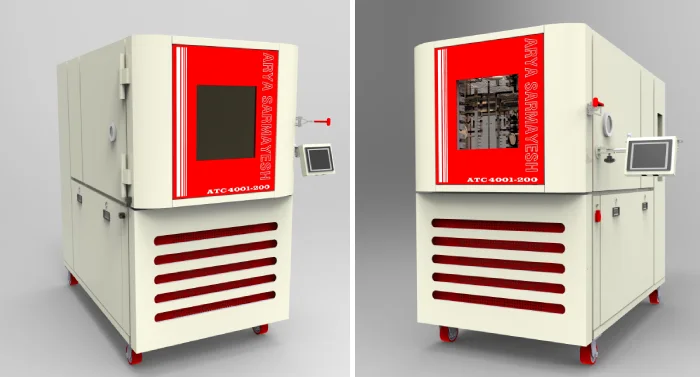
Vibration climatic Test chambers
Overview: Vibration climatic chambers combine the features of temperature, humidity, and vibration testing. These chambers are designed to simulate the real-world conditions where products are subject to both environmental stressors (such as temperature and humidity) and mechanical stress (vibrations or shocks).
Functionality: These chambers have integrated vibration systems that can simulate various types of vibrations, including those encountered during transportation, handling, or operation. The simultaneous control of temperature and humidity allows engineers to test how products will perform when exposed to both environmental factors and physical stresses.
Applications:
- Aerospace: Testing aircraft parts under both extreme environmental conditions and vibration stress.
- Automotive: Evaluating the durability of car parts and assemblies during travel and harsh road conditions.
- Electronics: Testing the reliability of devices like smartphones or computers during shipping or prolonged use.
5. Custom Climatic Chambers
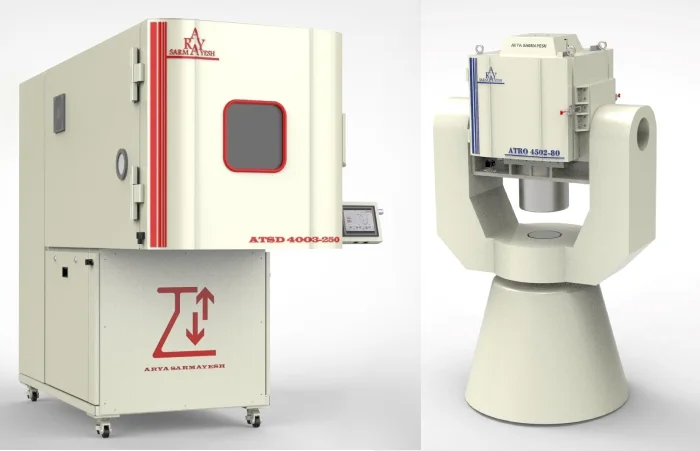
Overview: Custom climatic chambers are tailored to meet the unique testing needs of specific industries or products. Unlike standard climatic test chambers, these chambers can be designed to accommodate unique temperature, humidity, pressure, and vibration conditions as required by the client.
Functionality: Custom chambers are engineered to offer more precise control over one or more environmental variables and may include additional features like programmable test cycles, special testing rigs, or advanced control systems. These chambers can be built in various sizes, shapes, and configurations to suit the specific requirements of the testing process.
Applications:
- R&D (Research and Development): Used by companies developing new products requiring specialized testing conditions.
- Consumer Goods: Tailored tests for niche products like high-end electronics, medical devices, or unique automotive components.
- Pharmaceuticals and Biotechnology: Custom chambers may be used for stability and shelf-life testing under highly specific conditions.
Conclusion
Climatic test chambers play a crucial role in ensuring the reliability and durability of products across various industries. Whether it’s testing for temperature and humidity resilience, simulating high-altitude conditions, or assessing how products behave under vibration and environmental stress, these chambers provide the controlled environments necessary for accurate and effective testing. From standard models like temperature and humidity chambers to specialized custom-built solutions, the right climatic test chamber helps ensure that products can withstand real-world conditions and perform as expected when they reach the market.
Related articles in Aryasarmayesh:
The Role of Climatic Test Chambers in Environmental Simulation
Test Chambers and Their Application in Simulating Climatic Conditions